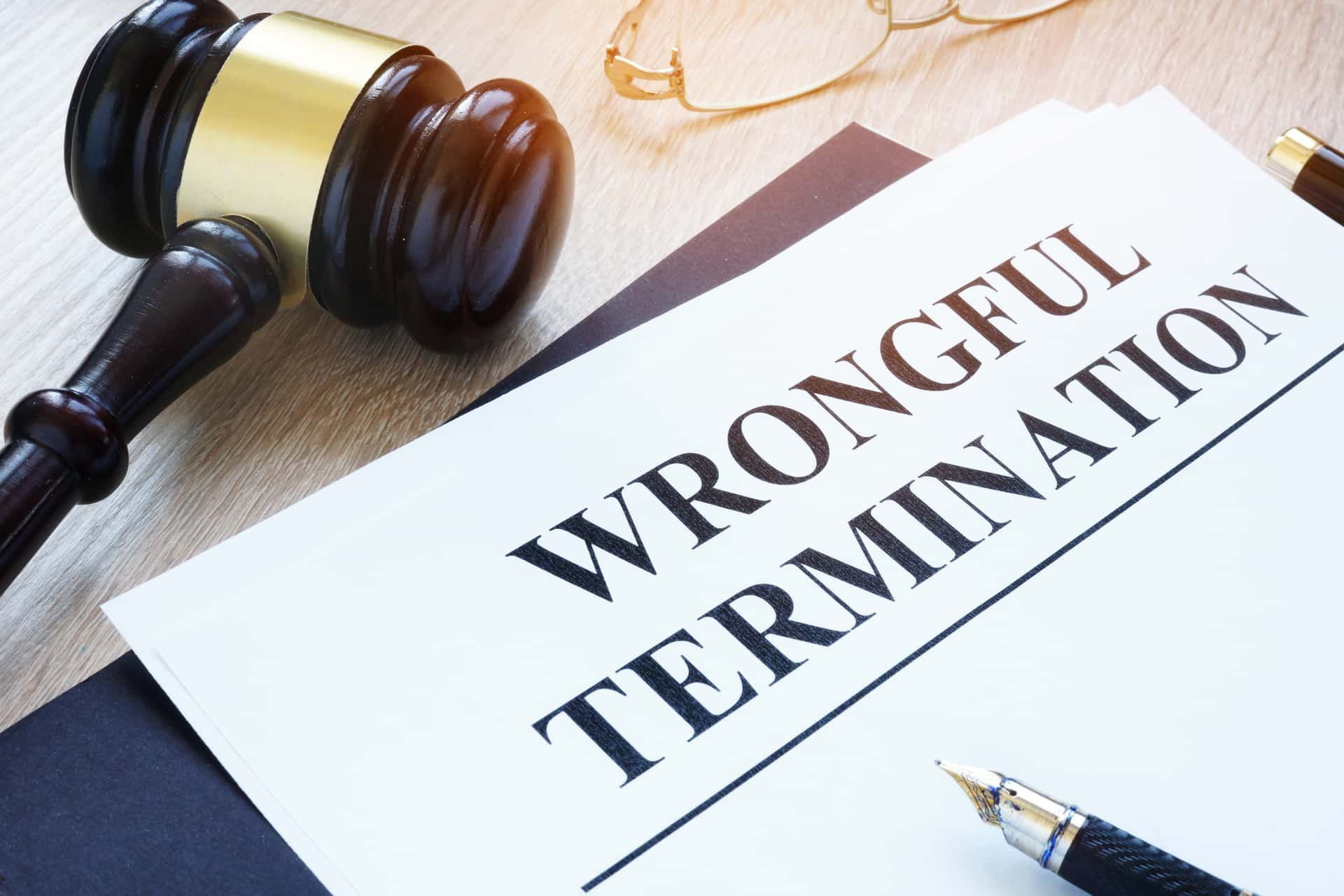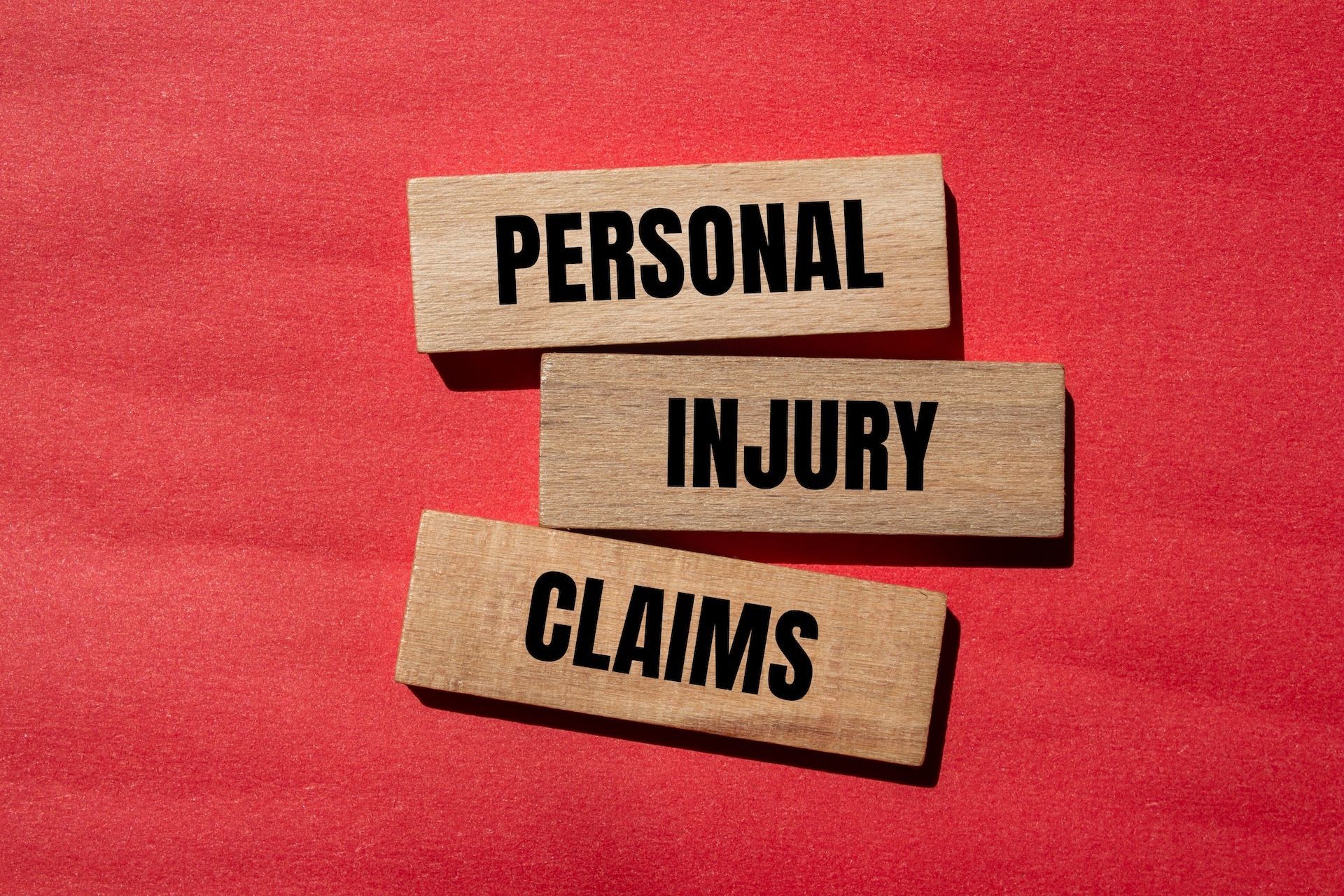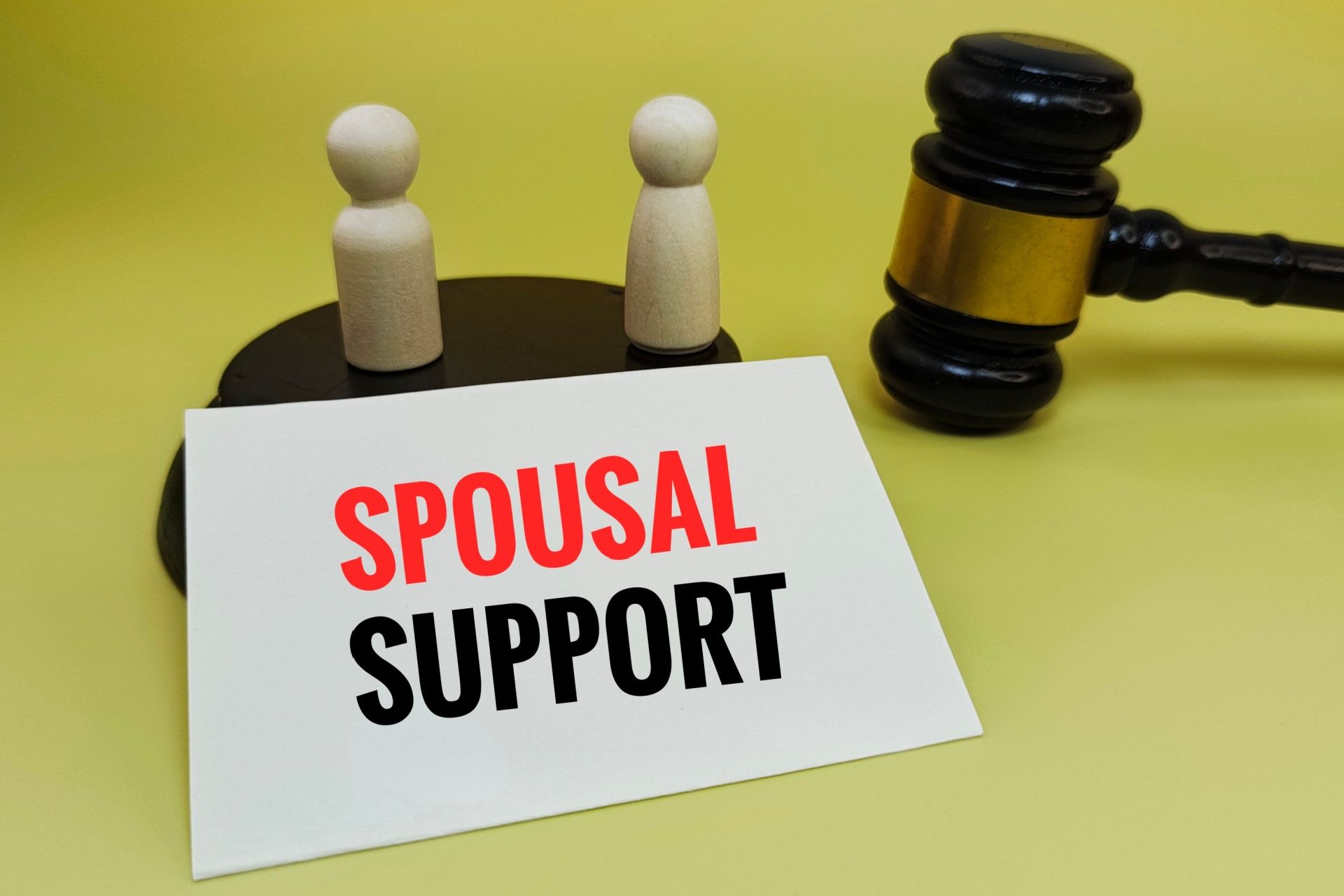How To Sue For Wrongful Termination? A 7 Step By Step Guide With Examples

Wrongful dismissal happens when an employer fires an employee in a way that breaks state or federal laws, work agreements, or public policies. Knowing the steps for taking action is essential if you think you were unfairly dismissed. In this guide, we'll discuss how to file a wrongful termination lawsuit, the critical stages involved, and what to anticipate during the legal process.
1. Understanding Wrongful Termination
Before taking action, it's vital to understand what qualifies as wrongful termination. Common examples include being fired due to discrimination, retaliation for reporting misconduct, violating an employment contract, or breaking policy. Check your work contract, company rules, and relevant laws to determine if your termination is considered wrongful.
2. Collecting Evidence
It's crucial to gather Evidence supporting your claim of termination to build a case. Gather documents like employment contracts, performance reviews, emails, and statements from witnesses that show behavior retaliation actions taken against you from your employer's whistleblowing activities or other illegal actions. Thorough documentation strengthens your case. Enhances your chances of success in court.
3. Completing Administrative Procedures
You may need to go through procedures before suing for
wrongful termination. Suppose you believe you have been wrongfully terminated. In that case, you should lodge a complaint with the Equal Employment Opportunity Commission (EEOC) or a state employment agency, depending on the specifics of your situation. Make sure to follow the procedures and deadlines to protect your right to take action.
4. Seek Advice from an Employment Lawyer
Dealing with the intricacies of a termination case can be tricky without professional assistance. Arrange a meeting with an
employment attorney who specializes in cases. An attorney can evaluate the strengths of your case, offer guidance, and advocate for you during the proceedings.
5. Initiating Legal Action
Suppose informal discussions and administrative measures do not lead to a resolution. In that case, you may file a lawsuit against your employer for termination. Your lawyer will prepare a complaint outlining the basis of your claim. Please submit it to the relevant court and be ready for a process involving evidence gathering, motions, and possibly trial or settlement talks.
6. Presenting Your Argument
Throughout the process, both sides will have opportunities to present Evidence, witnesses, and legal arguments supporting their positions.
Your lawyer will stand up for you, presenting Evidence and testimony to show that your firing was unjust and seeking solutions, like getting your job back and receiving pay and compensation.
7. Resolving the Case
Cases of termination can be settled through negotiation for a settlement, mediation, or trial outcomes. Your lawyer will strive to achieve the result for you, whether it's through a settlement or a successful trial. Be prepared for the possibility of an emotionally challenging process.
Examples Of Wrongful Termination Cases
1. Discrimination:
Imagine an employee getting fired after revealing their pregnancy to their boss. Despite performing at work, the employer claims it's due to "performance issues." The real reason could be pregnancy-related discrimination that violates state laws against discrimination.
2. Retaliation
Consider an employee reporting safety violations to OSHA after the employer repeatedly ignores their concerns. Shortly after this, they are let go from their job under the guise of performance. In this scenario, the firing could be seen as a form of retaliation since it happened shortly after the employee spoke out about wrongdoing, known as whistleblowing, which is against state laws protecting whistleblowers.
3. Breach of Contract:
An employee is let go from their job despite having an employment agreement outlining the termination terms. Suppose the employer does not follow the contract terms, like giving notice or following specified procedures. In that case, the employee might have a case for wrongful dismissal based on contract breach.
4. Violation of Public Policy:
In this case, an employee is dismissed for refusing to participate in their employer's requested activities. After raising concerns and declining to follow orders, they get fired. This falls under termination due to violating policy, where employees are shielded from retaliation for rejecting involvement in illegal or unethical actions.
5. Constructive Discharge:
When an employee quits their job because of work conditions like harassment, discrimination, or unsafe environments created by their employer. Even though the resignation seems voluntary, it's considered a discharge because they were essentially pushed out of a job due to the employer's actions or negligence. After informing the employer about their orientation, being let go from a job could lead to a termination lawsuit.
6. Violation of the Family and Medical Leave Act (FMLA):
If an employee asks for time off, under FMLA, to care for a family member and is fired upon returning to work without valid reasons citing "poor performance" or "excessive absences " it could be considered wrongful termination if it's proven that the employer retaliated against the employee for using their FMLA rights.
7. Retaliation Against Whistleblowers:
If an employee witnesses their employer involved in unethical activities and reports it but faces actions like demotion, reduced hours, or firing in return, it constitutes whistleblower retaliation. Employees are safeguarded from retaliation for exposing unethical behavior within the company.
8. Discrimination Based on Protected Class:
When an employee is dismissed after revealing their orientation at work despite having a good track record and meeting performance standards using reasons like "restructuring" or "position elimination, " it may indicate discrimination based on protected class. However, it can be shown that the employee's orientation influenced the firing. In that case, it might be deemed as termination due to discrimination against a protected group.
In conclusion
Taking action for termination involves a complex process that necessitates thorough preparation, documentation, and legal representation. If you feel you've been unjustly dismissed, it's crucial to know your rights and explore avenues for seeking justice through means.
By following the guidance provided in this manual and consulting with an employment lawyer, you can effectively navigate the landscape and seek redress for unlawful dismissal. Remember, you are not alone in facing this challenge.
At
OAS INC, we are dedicated to offering the assistance and advocacy required to safeguard your rights and pursue a resolution in your case of termination. Our service locations include California, Texas, New York, and Florida. Get in touch with us today, and our team will assist you with your case.
Disclaimer: The information on this website and blog is for general informational purposes only and is not professional advice. We make no guarantees of accuracy or completeness. We disclaim all liability for errors, omissions, or reliance on this content. Always consult a qualified professional for specific guidance.








